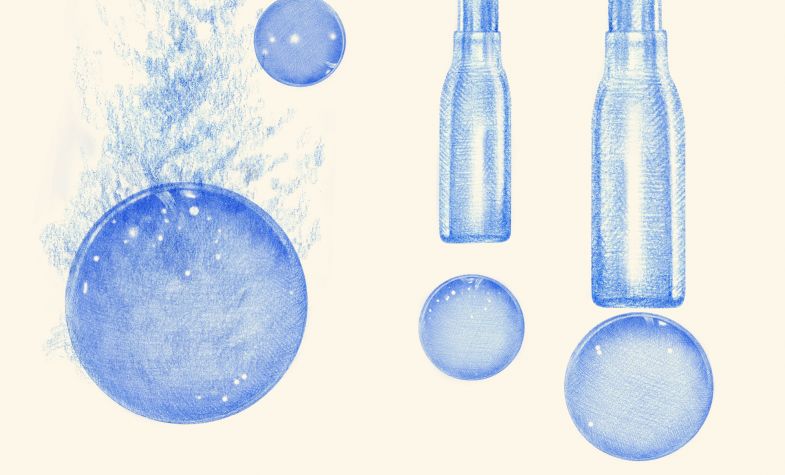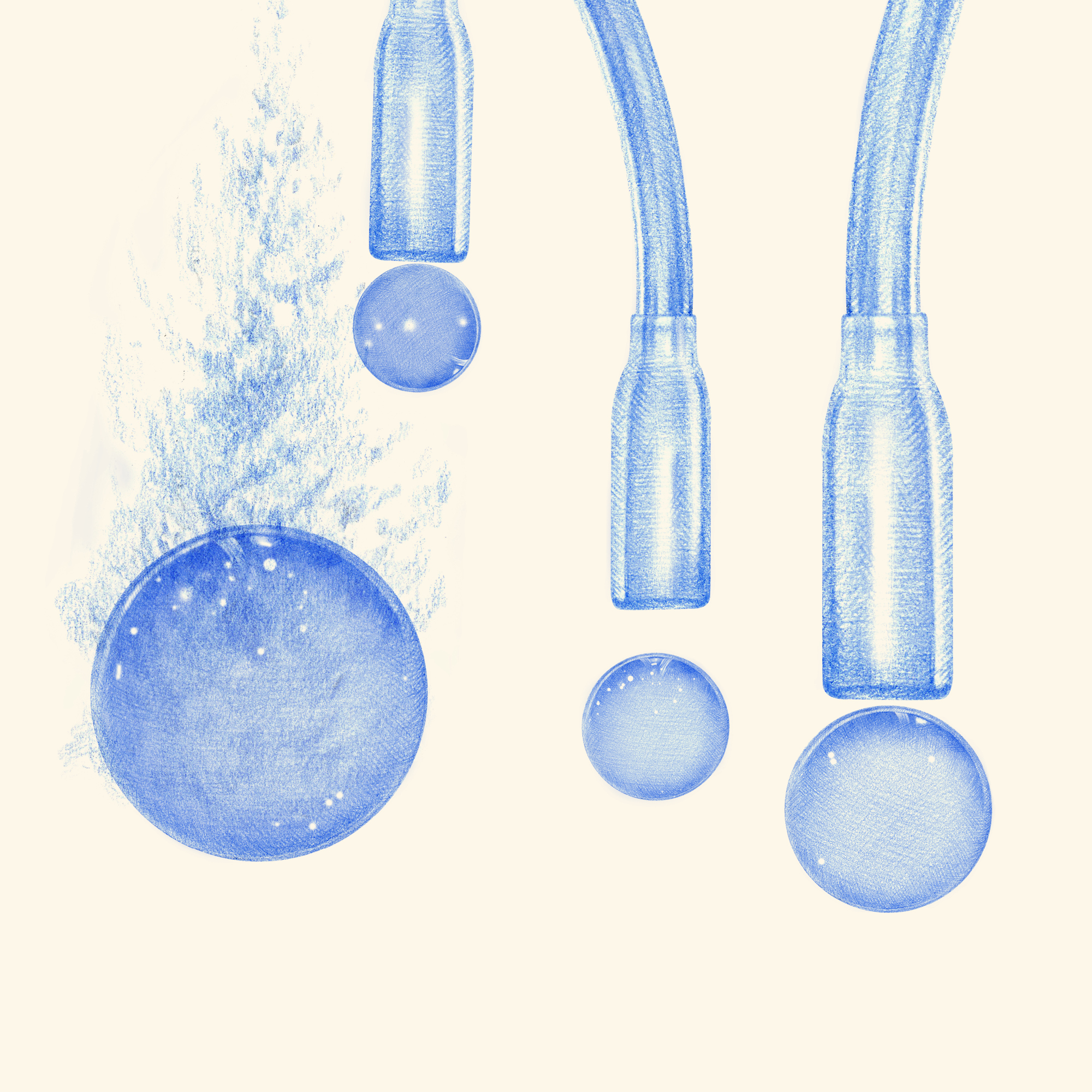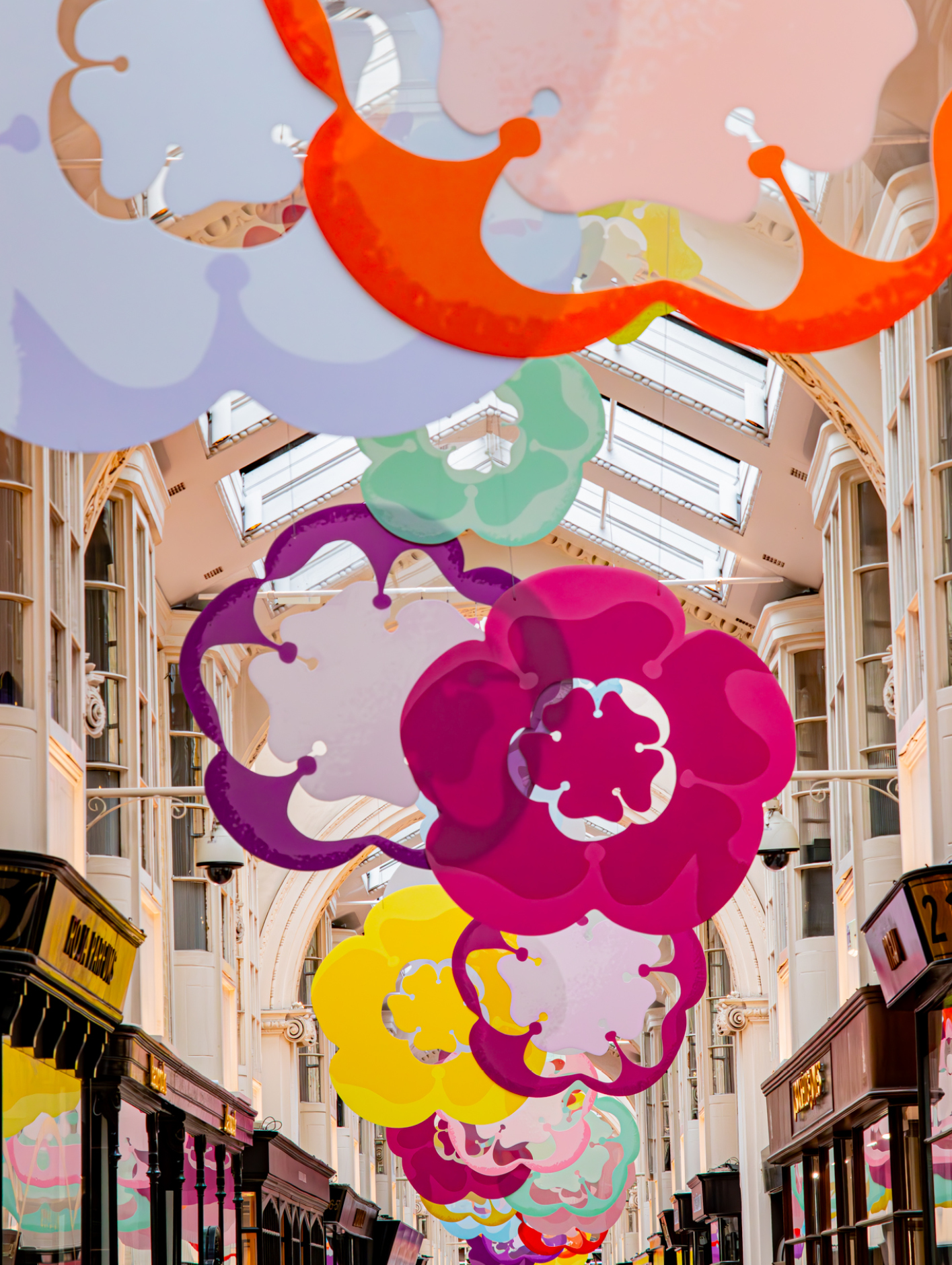ILLUSTRATION
Aistė Stancikaitė
In association with

We go to Japan twice a year – Azusa lived there until the age of 12 – and it always strikes us that there’s a deep appreciation of materials there and of allowing materials to express themselves. You’ll see wood clad into buildings that’s unvarnished, so you get that damp stain creeping up the wood, which has an effect on you – you’re aware of the impermanence of things. There’s the tradition of rebuilding, of the wooden shrines being returned to the forest every 20 years. It’s about treasuring the craft rather than the building, in a sense.
It’s very much connected to history and craft and retaining those skills. We’re always struck by how many shows there are about craft on Japanese TV – you’ll get a really in-depth hour-long show about brooms and the different types and ages of bamboo they use depending on the use. So there’ll be a different broom for sweeping leaves on top of pebbles as opposed to leaves on top of roofs. That specialism is really amazing.
There’s an expression in Japan that translates as ‘big ugliness’, which is a kind of aesthetic blindness. So you’ll find this amazing sensitivity to small beauty, for instance hashi-oki, the beautiful tiny little porcelain pieces for holding up your chopsticks – those sort of details are so considered – but when you step outside the restaurant and you’re on the street there seems to be no historic preservation. But then you discover all these amazing old traditional teahouses, for instance, where the craft is kept alive. It’s really astonishing.
There are a lot of contradictions that I find really fascinating. In some ways it can be quite secular and highly technologically advanced and scientific, but then you’ll find Shinto shrines to ancestors in people’s houses, and there’s still a tradition for fortune telling… it can be very spiritual without being organised religion as such. And that reflects on the crafts as well.
I think we take a lot of that as inspiration. Our approach to technology, for example, is about wanting to use it in combination with materiality. We call it ‘ephemeral tech’: creating an ephemeral experience, using materials that are just on the brink between existence and destruction – for instance a bubble skin or a smoke ring. In Japan they’re very good at ‘being in the moment’ – this term you see everywhere now – for instance they’re very good at appreciating seasonality. And we want to create things that are fleeting, because there’s a beauty and an appreciation that comes with that, which is quite averse to what technology is supposed to be, the way it exists outside of biological life. Things that have something of the spirit of nature to them. One of our projects, New Spring, was inspired by the Sakura blossom festival, the idea of this blossom that is momentarily there – we had different scents in different bubbles and filmed it with a high speed camera with a really macro lens to go really in-depth on the skin of the bubble. And because it’s swirling in such slow motion it makes the scale feel really epic, as if you’re looking at the planet or a gas giant with a swirling atmosphere. It’s like looking into tiny things in order to evoke massive scale.
There’s a Buddhist art tradition of the depiction of creation and destruction, and this belief that the universe will one day be destroyed and then recreated, and destruction is essential for creation. Which explains the nature of the Shinto shrines and the acceptance of impermanence. And the bubbles speak of that obviously, because they’re the perfect metaphor for memento mori.
The influence of Japanese design philosophy in Studio Swine’s work pays homage to the core principles of Seiko watches; seikowatches.com; studioswine.com







